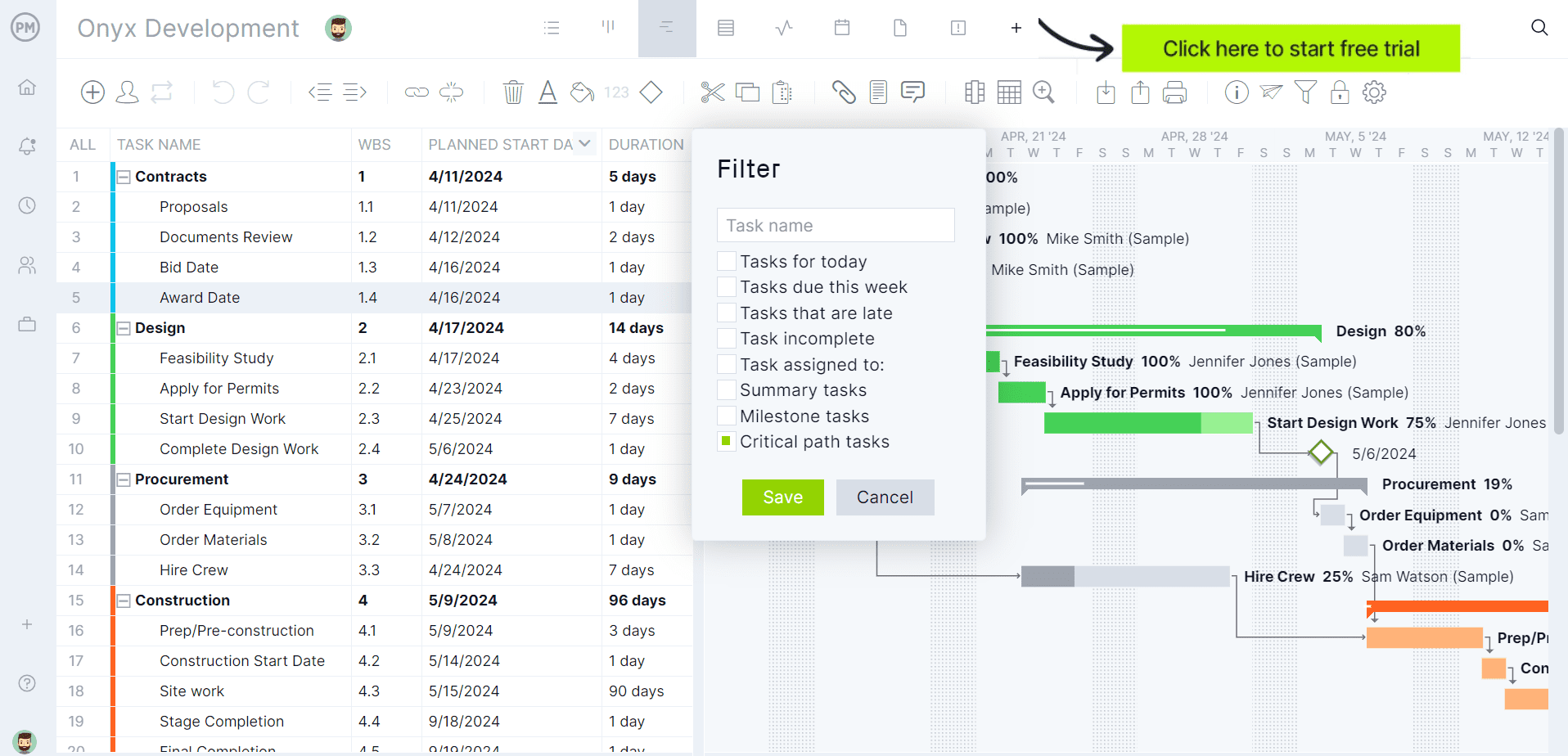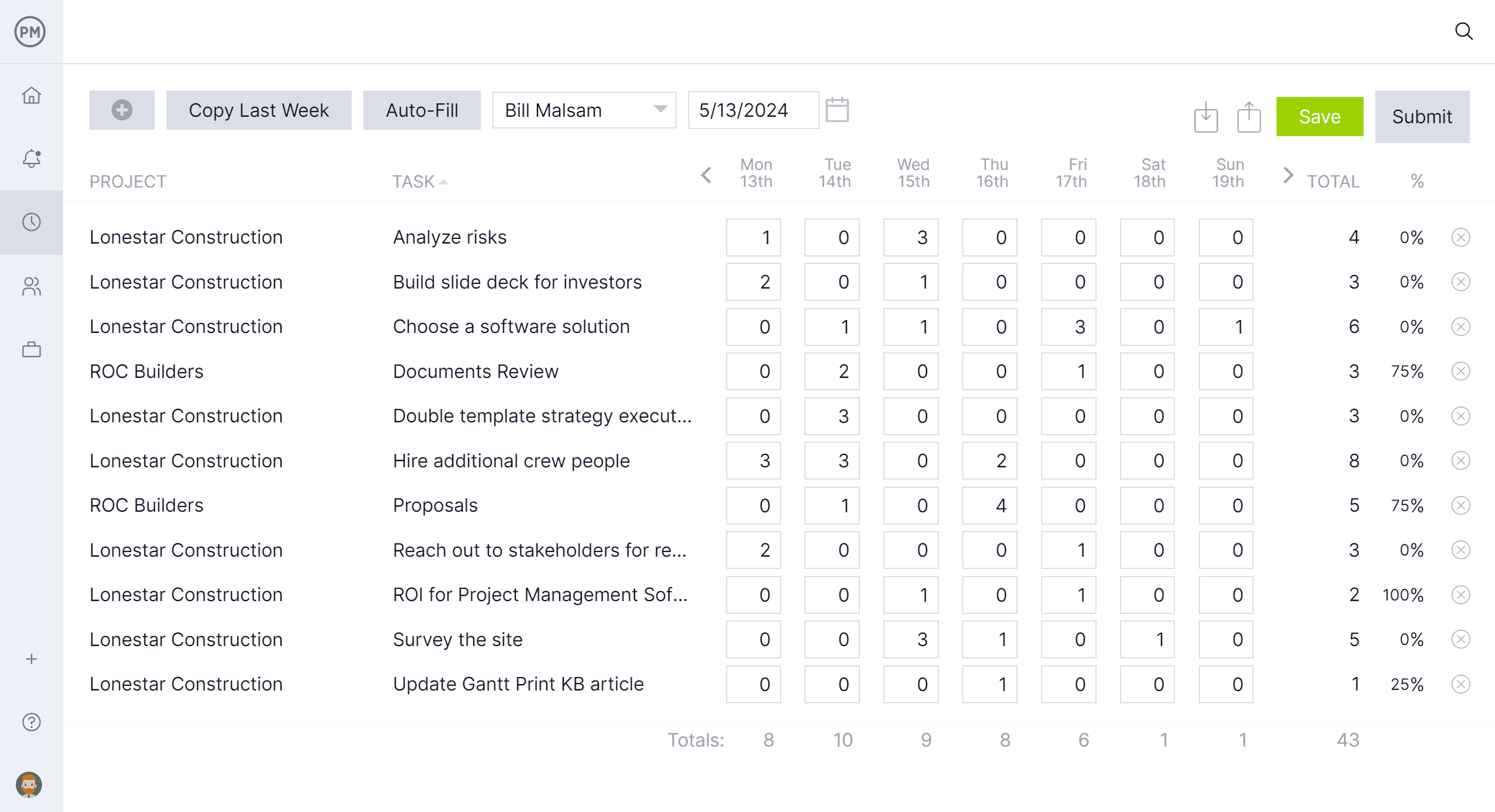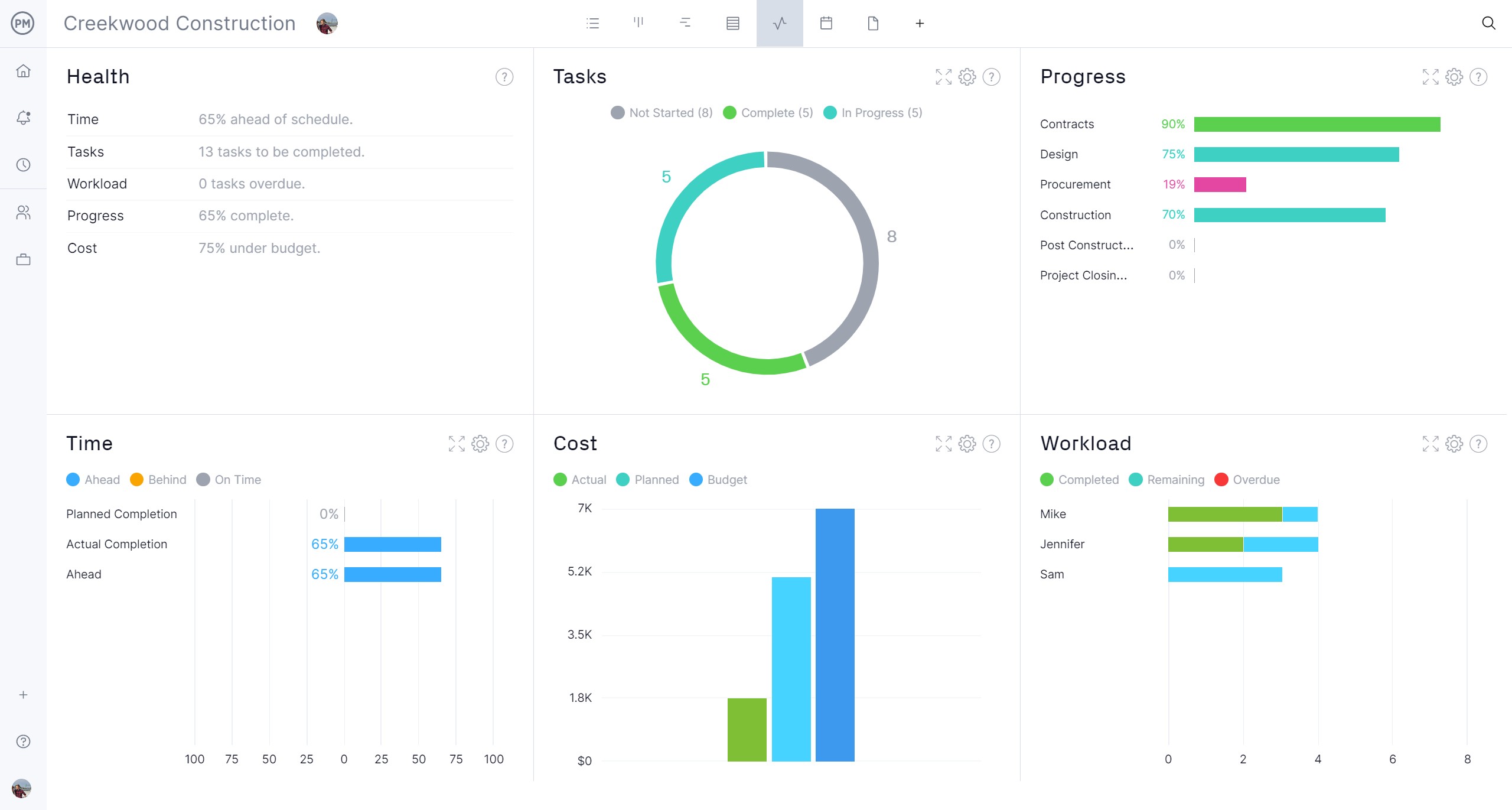Construction projects are complicated and rarely are executed without change orders or some other internal or external impact that affects their schedule. Construction project managers have techniques to assess these issues, such as time impact analysis.
What is time impact analysis? We’ll define the technique, explain when to use it and who is responsible for conducting one. Then we’ll show how to do one and why it’s advantageous to use this method to keep projects on track.
What Is a Time Impact Analysis?
A time impact analysis (TIA) in construction is a project management technique used to assess how specific changes or disruptions will affect the overall project timeline. It helps to determine the impact of an unexpected event, change order or delay on the scheduled completion of a construction project.
Using the time impact analysis is also useful for managing disputes, ensuring that delays are documented and any necessary time extensions or adjustments are communicated and understood by stakeholders. Of course, before one can analyze the impact of a delay on the project’s timeline, a schedule has to be created. Construction companies use project management software to accurately schedule and plan their projects.
ProjectManager is award-winning project and portfolio management software for construction with multiple scheduling views. Project managers can schedule tasks, resources and costs on robust Gantt charts that also link all four types of task dependencies. This helps to avoid delays and cost overruns. It’s easy to find the critical path; no calculations are necessary. Simply filter for it on the Gantt, and then set a baseline to track the planned effort against the actual effort in real time. The plans are shared with other views, such as kanban, task list and calendar, all updated simultaneously. Get started with ProjectManager today for free.

When to Conduct a Time Impact Analysis
A time impact analysis should be done in construction projects when there are changes or delays, such as unexpected issues like weather delays, strikes or material shortages. It can also help with design changes or change orders and delays by subcontractors or suppliers.
The claim or dispute process is also a good time to use this technique to justify time extensions. In the case of a disagreement over delays, it helps quantify the time impact and can provide evidence to resolve disputes. This is also true when there are changes to the critical path or impacts on milestones.
Conduct this analysis if the project schedule needs to be updated, such as when significant changes alter the original schedule and the baseline has to be updated. It’s also a way to engage in proactive schedule management. For example, when monitoring ongoing delays, the time impact analysis can assess future risks and take corrective actions before further delays happen.
Using time impact analysis is also useful during the project monitoring phase. It’s a proactive tool that can regularly assess the time impact of delays and changes to ensure the project stays on track or to quickly identify emerging delays. Also, when specific risks or events are foreseen, conducting a TIA helps understand how these risks could affect the schedule.
Who Oversees the Time Impact Analysis Process?
Typically, key personnel within the project management and construction teams oversee the time impact analysis process. The specific roles that manage or oversee the process include the following.
- The project manager is responsible for the overall management of the project, including the schedule. In most cases, they oversee the time impact analysis process to ensure it aligns with the project’s objectives, timelines and budgets.
- A scheduler or planning engineer is often the primary person who conducts the time impact analysis. They are experts in project scheduling and use project management software to update schedules and analyze delays. They collaborate with team members to gather data, simulate potential impacts and provide recommendations based on the analysis.
- The project controls team, which may include planners, schedulers, cost estimators and risk managers, also plays an important role in overseeing the process. They ensure that the analysis is accurate, based on realistic assumptions, and aligned with the project’s contractual obligations.
- In projects where claims or disputes are a concern, a claims manager or contract administrator may oversee the time impact analysis to ensure it supports requests for time extensions, change orders or dispute resolutions. They ensure that it complies with the contract terms and is useful for legal or contractual purposes.
- In some cases, the owner or their representatives (such as a project owner’s representative or owner’s construction manager) may oversee or review the process to ensure it aligns with their expectations, especially if there are disputes or the project is behind schedule. They may want to verify that any proposed delays are legitimate before granting time extensions.
- In the case of complex delays, particularly in disputes, a third-party delay analyst may independently oversee or conduct the time impact analysis. These professionals provide an unbiased perspective on the impact of delays and help resolve conflicts between parties.
- If the time impact analysis is conducted in the context of a dispute or claim, legal counsel may oversee the process to ensure it aligns with contractual obligations and supports the legal arguments in the case.
How to Conduct a Time Impact Analysis
Conducting a time impact analysis involves evaluating how changes or disruptions (such as delays or changes in scope) will affect a construction project’s schedule. It helps in understanding the potential impact of these delays on the overall timeline, especially on the critical path. Here’s a brief overview of how to conduct one.
1. Define a Schedule Baseline for the Project
The schedule baseline is the approved version of the project schedule, including all planned start and finish dates, milestones and constraints. It serves as the benchmark to compare against when evaluating delays or changes.
2. Identify Potential Delay Events
Potential delay events are those that could affect the project’s schedule. These could include design changes, weather disruptions, equipment failure, labor shortages or any external factors. Identifying these events upfront is crucial for analyzing their potential impact.
3. Insert Event Delays into the Construction Schedule
Once potential delays are identified, the next step is to input these delays into the schedule using project management tools, such as ProjectManager. This step involves adjusting the task durations or sequences to reflect the delay events and their effect on the timeline.
4. Assess the Impact of Delay Events in the Critical Path
The critical path refers to the sequence of tasks that directly affect the project completion date. Assessing the impact of delay events on this path is crucial, as any delay here will push the overall project completion date. This step helps determine the significance of each delay.
5. Document the Impact of Potential Delay Events
After assessing the delays, document the impact in a formal report. This should include a detailed analysis showing how the delay events will affect the project schedule, the revised completion dates and any changes to the critical path. This documentation helps justify requests for time extensions or manage disputes.
Benefits of Time Impact Analysis In Construction
Time impact analysis plays a crucial role in managing and adjusting construction project timelines, ensuring that all changes, delays, or disruptions are thoroughly assessed for their impact on project completion. The benefits of it provide valuable insights that can guide project planning, risk management and stakeholder communication.
Facilitates Resource Scheduling
By conducting a time impact analysis, project managers can determine the impact of delays on resource allocation, such as labor, equipment and materials. It helps ensure that resources are scheduled efficiently, preventing idle time or bottlenecks that could arise from unforeseen disruptions.
Helps Identify Potential Project Risks
Time impact analysis helps identify possible risks or vulnerabilities within the project schedule, allowing teams to proactively address them before they become major issues. It provides a detailed view of how delays might affect critical tasks, enabling better risk mitigation strategies.
Defines Realistic Stakeholder Expectations
Through time impact analysis, project managers can communicate the potential effects of delays on the timeline to stakeholders more effectively. This analysis allows for realistic expectations regarding project milestones, completion dates and the impact of external events, leading to more informed decision-making and improved stakeholder satisfaction.
How ProjectManager Helps Implement Time Impact Analysis
It should be clear that time impact analysis needs robust project management software to better manage delays in the project schedule. We’ve already shown how our powerful Gantt charts can filter for the critical path, easily set baselines and can be edited by simply dragging and dropping old start dates or deadlines to new ones. Therefore, as projects change, our software is flexible enough to change with them without manually adjusting tasks, resources and costs.
Time Tracking, Resource Management and Timesheets
ProjectManager has time tracking features that let teams record actual work hours versus planned hours. This data can be used to assess if delays are occurring due to labor inefficiencies or resource allocation issues. Access to our secure timesheets lets project managers track labor hours while getting accurate time-tracking information for analyzing the cause and impact of schedule disruptions. Resource management features, such as color-coded workload charts to review resource allocation and balance workload, as well as the team page that summarizes the team’s daily or weekly activities, help keep teams productive.

Monitor Schedule Variance With Reports and Construction Dashboards
Project managers can also use customizable reporting tools that allow users to generate detailed reports on the schedule, task progress and identify any delays. These reports can be used to document the impact of potential delays, which is a key part of a time impact analysis for project claims or progress reviews. For a high-level project overview, toggle to the real-time project or portfolio dashboards where easy-to-read graphs and charts show tasks, health, workload, costs and more.

Related Construction Scheduling Content
There’s more to construction scheduling than time impact analysis, as important as that might be. For those who want to fully explore the topic, follow the links below. They lead to recent articles we’ve posted on making a construction schedule, free templates and more.
- Making a Construction Schedule
- Construction Schedule Template
- Schedule of Values in Construction
- Schedule of Values Template
ProjectManager is online project and portfolio management software that connects teams whether they’re in the office or on the job site. They can share files, comment at the task level and stay up to date with email and in-app notifications. Get started with ProjectManager today for free.



